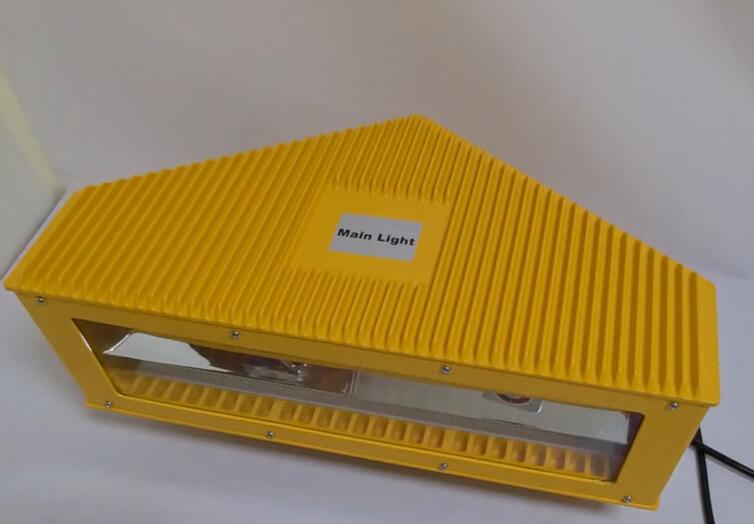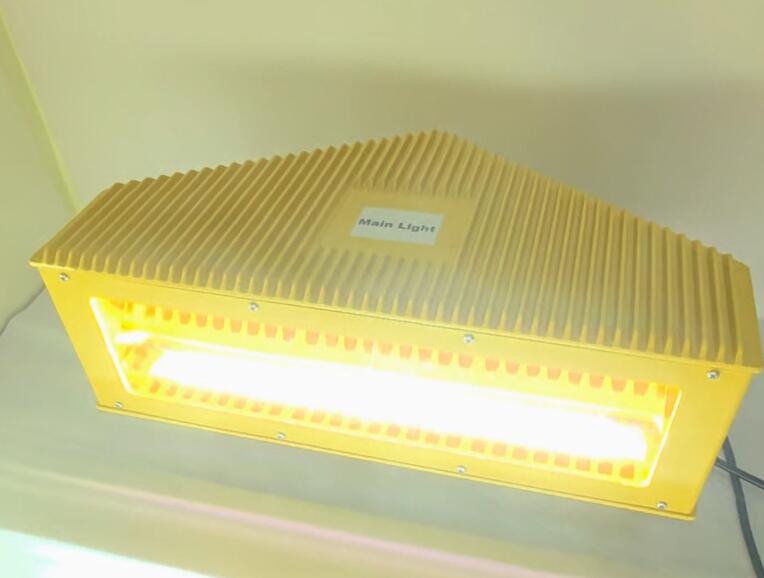In the complex and highly regulated world of aviation, every element plays a crucial role in ensuring the safety of flights and the efficient movement of aircraft. Among these elements, obstruction lights in aviation stand out as an essential yet often overlooked component. These lights are not mere adornments but serve as vital navigational aids and safety features, safeguarding both aircraft and the structures they help to identify.
Obstruction lights are designed to mark the presence of tall structures that could pose a hazard to aircraft. From towering communication towers and electrical pylons to skyscrapers and wind turbines, these structures can be difficult to spot, especially during adverse weather conditions or at night. Obstruction lights provide a visible indication of these potential obstacles, alerting pilots and air traffic controllers to their presence and helping to prevent collisions.
| OBS | L856 | WHITE | LED |
The importance of obstruction lights in aviation cannot be overstated. In a world where air travel is increasingly common and airspace is becoming more congested, the need for clear and visible markers is essential. Without obstruction lights, pilots may not be able to detect tall structures in time, increasing the risk of a catastrophic accident. These lights serve as a crucial line of defense, providing an early warning system that allows pilots to take evasive action and avoid potential hazards.

The technology behind obstruction lights is both sophisticated and highly specialized. Modern obstruction lights are typically equipped with advanced LED (light-emitting diode) technology, which offers several advantages over traditional lighting sources. LEDs are highly energy-efficient, long-lasting, and provide a bright and consistent output. They can be programmed to flash at specific intervals or emit a steady beam of light, depending on the requirements of the particular application.
In addition to their technological sophistication, obstruction lights are also subject to strict regulatory standards. The International Civil Aviation Organization (ICAO) and national aviation authorities around the world have established detailed guidelines for the installation, maintenance, and operation of obstruction lights. These regulations ensure that obstruction lights are visible from a sufficient distance, have the appropriate intensity and color, and are reliable and consistent in their operation.
The installation of obstruction lights is a complex process that requires careful planning and engineering. The location and height of the structure being marked determine the type and number of lights required. For example, taller structures may require multiple lights at different heights to ensure visibility from all angles. The lights must also be positioned in such a way that they are not obscured by other objects or structures and can be easily seen by approaching aircraft.

Once installed, obstruction lights require regular maintenance and inspection to ensure their continued effectiveness. This includes checking the brightness and color of the lights, ensuring that the power supply is reliable, and replacing any damaged or malfunctioning components. Regular maintenance is essential to ensure that obstruction lights are always in optimal working condition and can perform their critical safety function.
Obstruction lights in aviation also play an important role in air traffic management. By providing a clear visual indication of the location of tall structures, these lights help air traffic controllers direct aircraft safely around potential hazards. This is particularly important in areas with high levels of air traffic or where there are multiple obstructions in close proximity.
In addition to marking tall structures, obstruction lights can also be used on aircraft themselves. Some aircraft are equipped with flashing strobe lights on the wingtips and tail to enhance their visibility to other pilots and air traffic controllers. These lights serve a similar function to obstruction lights on structures, providing a visible indication of the aircraft's presence and helping to prevent collisions.
The role of obstruction lights in aviation is not limited to safety alone. They also have an aesthetic impact on the night sky. The flashing lights of obstruction lights on tall structures can create a visually striking display, adding to the beauty and intrigue of the urban and rural landscapes. However, this aesthetic aspect must always be secondary to the safety function of these lights.
In conclusion, obstruction lights in aviation are a critical component of air safety and navigational clarity. Their advanced technology, strict regulatory standards, and careful installation and maintenance ensure that they perform their vital role in protecting aircraft and the structures they mark. As the aviation industry continues to grow and evolve, the importance of obstruction lights will only increase. By recognizing their significance and ensuring their proper installation and operation, we can help to ensure the safety and efficiency of air travel for years to come.